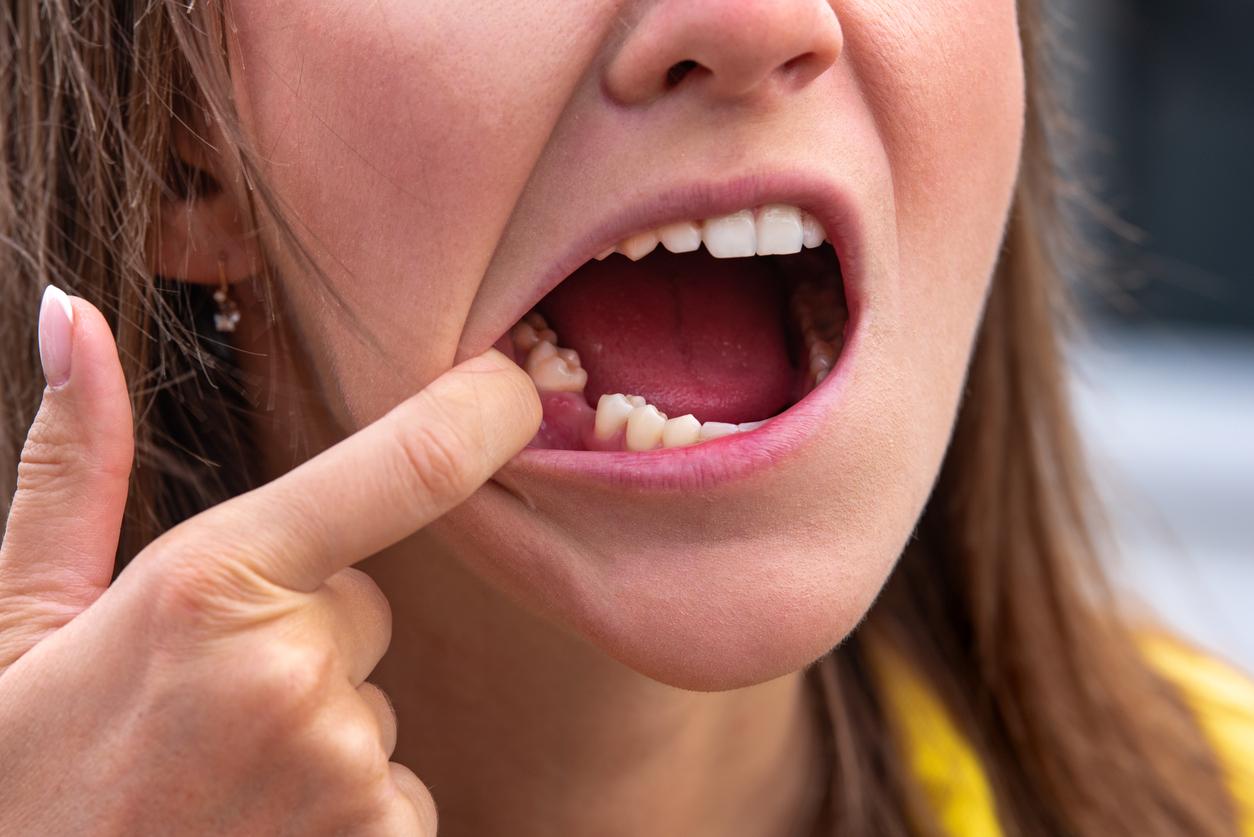Excess cardiovascular mortality has been detected in the astronauts of the Apollo mission, the only men to have traveled in orbit around the Moon.

Apollo program astronauts are 4 to 5 times more likely to die of cardiovascular disease than astronauts who have never left Earth or orbit, research reveals american study published in the magazine Scientific Reports. These disorders would be the consequence of exposure to cosmic radiation.
This NASA space program enabled the United States to send the first men to the Moon. Between 1968 and 1972, 9 manned flights were carried out to take samples of lunar rock, and to carry out observations on the ground during excursions at the wheel of lunar rovers. Of the 32 astronauts selected for this extraordinary journey, 24 have left the Earth’s magnetosphere, a magnetic shield that protects our planet from these rays, and set foot on the ground of the Moon.
“During interplanetary travel, astronauts are exposed to many sources of radiation, including galactic cosmic rays, solar particles, and can be trapped by radiation from the Van Allen belt,” the authors recall.
Because as extraordinary as it is, space travel is full of dangers. By crossing space at a speed close to that of light, the particles that make up this radiation can cause significant damage to cells. “But it is true that the long-term effects of this radiation are still poorly known”, notes to whydoctor Dr. Brigitte Godard, astronaut doctor at the National Center for Space Studies (CNES) who did not participate in this study.
Toxic cosmic rays?
The work of Professor Michel Delp of the University of Arizona, carried out in collaboration with NASA, is precisely the first to focus on the consequences of this radiation in the only men who have left Earth orbit. Since their trip to the Moon, 8 astronauts have died, nearly half of them from cardiovascular disease.
The effect of cosmic rays on the cardiovascular system has also been demonstrated in mice. After 6 months of exposure, alterations in the vessels of the guinea pigs favoring atherosclerosis were observed. “These results reveal that cosmic rays affect vascular health,” says Prof. Delp.
This experience suggests the importance of developing new strategies to preserve the cardiovascular health of astronauts who will have to travel further and further. It also seems to indicate that once returned to Earth, the troubles are not transitory, but silently persist.
Still far from Mars
After a mission, the heart struggles to recover its basic functions. Then begins several weeks of rehabilitation. “The first 3 weeks are fundamental for astronauts to recover. During this period, they follow a personalized program based on what they have lost. But I think that at the microscopic scale it takes 6 months, even a year, for the whole body to show no more traces of the passage through space. »
Bridget Godard, astronaut doctor: Space is a very good laboratory for studying aging. »
To preserve their cardiac functions as much as possible, astronauts have an obligation to play sports. They are also closely monitored before, during and after the flight through stress tests and electrocardiograms. “If a disorder is detected, there is always time to bring it back. At least as long as the astronauts stay at the international station, ”explains the specialist. In fact, the future of space travel is much more uncertain.
What will happen if an astronaut en route to Mars needs medical attention only achievable on Earth? What are the long-term effects of radiation in addition to weightlessness? Today, the medical world does not control these parameters. For experts, manned flights to Mars, proposed by 2026 by Space X, should not take off until these questions have been answered.
.
















